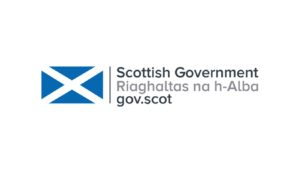Scotland’s Chief Statistician has published ‘Summary statistics for follow-up leaver destinations’ for 2022-23 school leavers. These cover the destinations of school leavers nine months after the end of the school year.

Among 2022-23 school leavers, 92.8% were in a positive follow-up destination (including higher education, further education, employment, training, personal skills development and voluntary work). This is down from 93.5% of 2021-22 school leavers. Over the longer term it has increased from 85.9% in 2009-10.
The decrease compared to 2021-22 has been caused by reductions in the proportions of school leavers in higher education and employment.
The gap between the proportion of school leavers from our most and least deprived communities in positive follow-up destinations increased to 7.5 percentage points although this remains one of the narrowest gaps on record, only wider than in 2021-22 (7.0 percentage points).
In 2022-23, as in other years, S6 leavers were the most likely to be in a positive follow-up destination (96.1%) and S4 leavers were the least likely (85.7%). For S5 leavers the figure was 89.9%.
The publication refers to the same cohort of school leavers whose destinations three months after the end of the school year were published in February’s initial destination statistics. The proportion of leavers in a positive follow-up destination is typically one to two percentage points lower than the proportion in a positive initial destination. For 2022-23 leavers we have seen a drop of 3 percentage points from 95.9% to 92.8%.
Of the 2022-23 school leavers who entered a positive initial destination 95.1% were also in a positive follow-up destination. This varied by destination. For example, 94.7% of school leavers who were in employment three months after the end of the school year were also in employment nine months after the end of the school year. Whilst for training the equivalent figure was 42.7%.